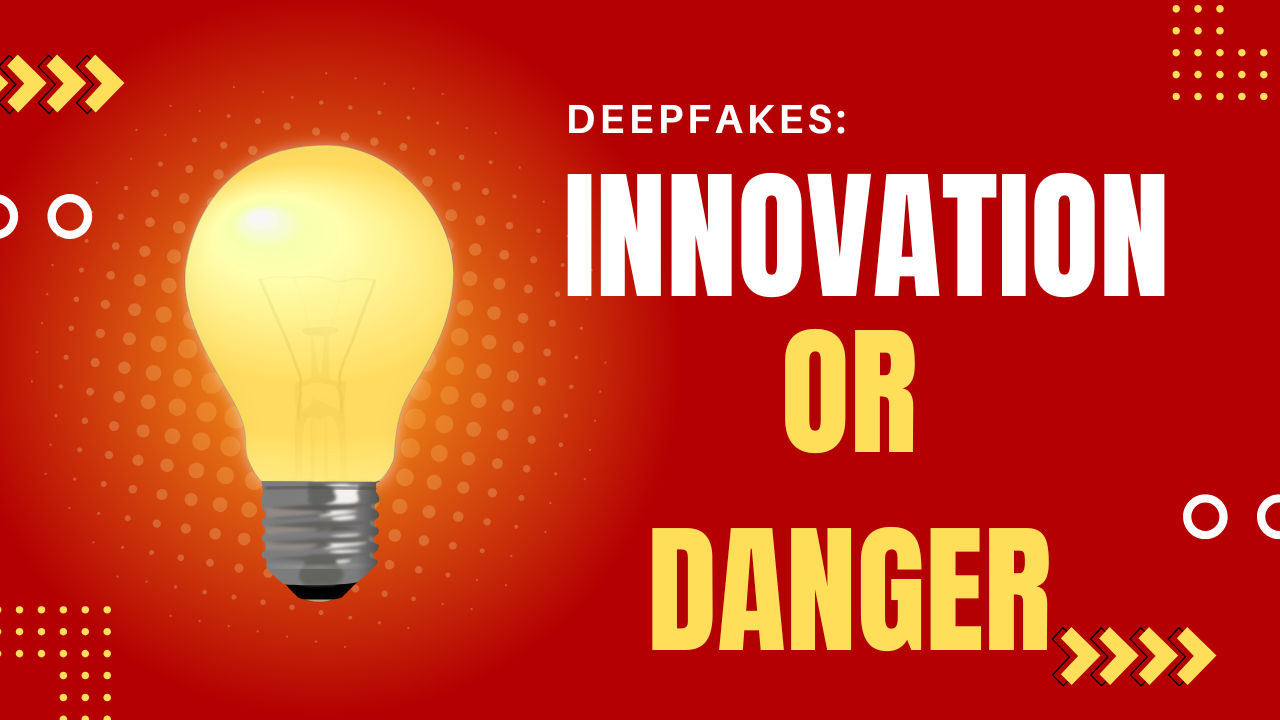Deepfakes are one of the most talked-about technologies in the age of AI. At first, deepfakes were seen as an interesting new idea in the fields of machine learning and computer vision. They are both beneficial and dangerous right now. Using fake media in politics, TV shows, movies, and cybercrime is wrong on many levels, including moral, legal, and social.
So, the key point of disagreement is whether deepfakes are a great new idea or a scary digital weapon. Let’s look at the technology, what it may be used for, the new hazards that come with it, and what might happen in the future.
What are deepfakes?
Deepfakes are fake audio or video samples made with deep learning algorithms, especially Generative Adversarial Networks (GANs). These approaches let AI learn from genuine audio or video samples and then make content that looks very real but is actually phoney.
Some of the most common uses for deepfakes are:
visage-swapping videos show the visage of one person on the body of another.
Voice cloning that copies the way a person speaks and the way they sound
Avatars or made-up characters that are employed in games, virtual assistants, or simulations
Deepfake technology is complicated, but apps and open-source software are making the results better and easier for everyone to use.
The business and artistic sides of innovation
Deepfakes could change a lot of industries, even though they are dangerous.
Movies and TV Shows
Game developers and filmmakers are using deepfake technology to make their work more interesting. Deepfakes have opened up new creative possibilities by letting you “bring back to life” dead actors or making figures younger.
For example, the Star Wars franchise has employed technology similar to deepfake to make younger versions of famous characters, mixing truth and fiction in a way that is seamless.
Teaching and learning
People are using deepfake avatars to make training simulations that look real.
For example, AI-generated teachers or role-players can act out conversations to help people learn a language or get ready for customer service training.
Personalisation and Advertising
Brands are looking into deepfake technology, which lets them change the spokesperson’s appearance so that they may address each viewer by name or place. This is to make hyper-personalized ads. As a result, people are more interested and come back.
Making Things Easy to Get
Local voice cloning and facial animation can make material more accessible to more people by making it easier for blind or deaf persons to read or hear it. These examples show that deepfakes can be a great way to promote creativity, innovation, and inclusion when utilised correctly.
The Risky Side: Safety and moral issues
Sadly, the same technology that gives us new ways to have fun may also be used as a weapon.
- Lies and false information
The fact that deepfakes could propagate false and misleading information might be their biggest threat. Deepfakes can make it look like public figures, including politicians or celebrities, are saying or doing things they haven’t. Individuals lose trust in media organisations and organisations because of this. In the real world, fake videos have been spread during elections and political crises, making voters confused and causing social unrest. - Fraud and cybercrime
Cybercriminals are using deepfake audio more and more to pretend to be CEOs and trick businesses. People call this voice fraud or CEO fraud.
For example, in 2020, criminals were able to get a fake bank transfer by pretending to be a corporate executive and utilising an AI-generated voice. - Deepfakes that aren’t consenting
It is highly worrying that deepfakes are being used to make pornographic content without permission, especially against women. Digital images of victims’ faces are often added to pornographic videos, which can hurt their reputations and feelings very badly. - Losing faith
People are becoming more worried about the “liar’s dividend,” which happens when someone says that real video evidence is fake or the other way around. The reason for this is because it is getting harder to find deepfakes. Because of this, people don’t trust digital media as much.
Governments, tech corporations, and researchers are all trying to deal with the problems that deepfakes cause by trying to control and find them: Laws:
The US, China, and the EU all punish people who use fake media for bad reasons.
Watermarking and Authentication:
Digital watermarks and content verification systems are being made to help find changed content.
AI Detection Tools:
Colleges and universities, as well as startups, are working on AI models that can tell if an item is a deepfake by looking for small differences in voice, facial expressions, or video artefacts. Even if these attempts seem promising, the fight between creators and detectors goes on, with both sides getting better over time.
Conclusion
In short, deepfakes are one of the most powerful and controversial new AI technologies of our time. On the one hand, they give us new and interesting ways to learn, have fun, and make things our own. But they are really bad for safety, privacy, and the truth.
As we progress farther into the digital era, the goal is to find a balance between being responsible and being innovative, not to ban deepfakes completely. By encouraging responsible use, making it easier to find deepfakes, and making rules that are clear, society can get the most out of deepfakes while reducing their misuse.
The future of deepfakes rests on more than just the technology. It also depends on how we, as a global society, decide to use and control it.

